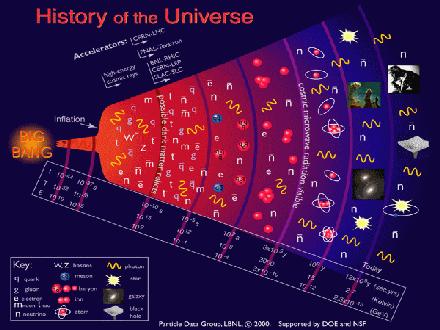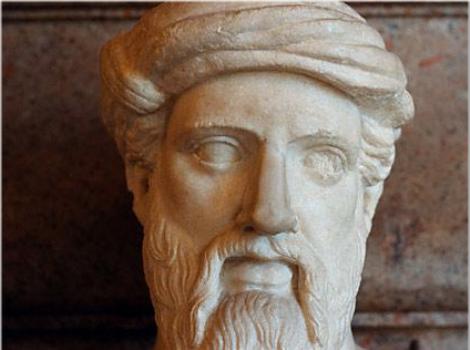Have you ever been puzzled by a statement like this: “Rotating a spin-1/2 particle by 360° does not bring it back to the same quantum state, but to the state with the opposite quantum phase; this is detectable, in principle, with interference experiments. To return the particle to its exact original state, one needs a 720° rotation.” (
Wikipedia).
Last week I zoomed back to 1820 and introduced Ørsted and his famous experiment, and left you with a promise of going mathematical tomb raiding.
Tomb Raider was first released in 1996 for the Sega Saturn, and other platforms followed. The lore has it that this was the first mass market video game to be programmed using
quaternions. Prior to that, rotations had been represented by
Euler Angles or similar. Imagine you are flying an aeroplane. You are going in direction A, heading up or down at angle B, and your wings are tilted at angle C. Euler’s achievement in introducing these to the worlds of mechanics, astronomy, etc., in the mid-18th century was a landmark in itself. But they do come with mathematical problems when you are flying and tumbling at the speed of Lara Croft, one of which is that in certain orientations you can get a bad case of
gimbal lock. Step in quaternions: the mathematical tomb raider who brought these to the worlds of video gaming and flight simulation appears to be Ken Shoemake, of the University of Pennsylvania, with a seminal paper in the journal
Computer Graphics, 1985. But whom exactly did he, so to speak, “excavate”?
 Carbon — to capture or not to capture
Carbon — to capture or not to capture Betelgeuse, Gamow, and a Big Red Horse
Betelgeuse, Gamow, and a Big Red Horse Climate Change, the Walrus and the Carpenter
Climate Change, the Walrus and the Carpenter





